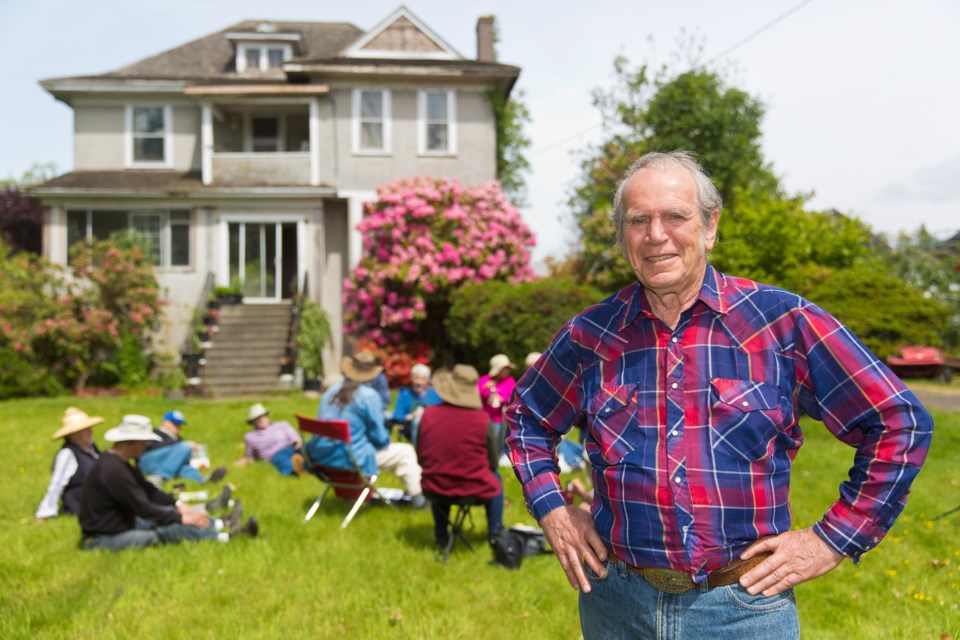If Richmond was in the dictionary, it’s a good bet that the “lived-in” features of veteran city councillor and Steveston farmer Harold Steves would be prominent. In 1968, Steves was elected to Richmond city council as a candidate of the Richmond Anti-Pollution Association, campaigning for sewage treatment and against the industrialization of the Fraser River and adjacent farmland. Sturgeon Banks was an industrial reserve, and a super-tanker oil port was being planned for Garry Point. He helped stop the super-tankers, made Garry Point into a park, and built a public trail along the west dyke. From 1972 to 1975, he served as a Richmond MLA and helped bring in the Agricultural Land Reserve. Back on city council, he helped save the Terra Nova farmlands, the Highway to Heaven back-lands and Garden City Lands, as well as preserving the London Farm, Gulf of Georgia Cannery and Britannia Shipyard heritage sites. Steves taught at four Richmond schools and still operates the farm, owned by his family since 1877, along with wife Kathy, his children and grandchildren. He grows heirloom vegetable seed sand raises chickens and Belted Galloway cows.
Best public landmark:
Richmond Olympic Oval and Olympic Experience (ROX)
Best place to take an out-of-town guest:
Steveston waterfront with its Fisherman’s Wharf and heritage sites.
Best neighbourhood:
Our neighbourhood, with our farm, adjacent Sunset Point Co-op and many friends we meet on the West Dyke Trail.
Best way to spend a Saturday afternoon:
Planting, watering and weeding the garden and talking to neighbours.
Best way to spend a Saturday night:
A quiet evening at home with a glass of wine.
Best place to get fresh produce:
Richmond’s numerous roadside stands, but we grow our own.
Best place to have a picnic:
Garry Point Park where the Steves family will be celebrating its 250th anniversary in Canada on July 23.
Best walking/running/biking route:
The West Dyke Trail through our farm, returning on the Railway Avenue Trail, widened in the 1960s and 1970s for future LRT.
Best restaurant:
One of the many restaurants in Steveston.
Best coffee shop:
That would be my “office,” the Steveston Hotel coffee shop for coffee in the morning or the “Buc” (pub) in the afternoon.



